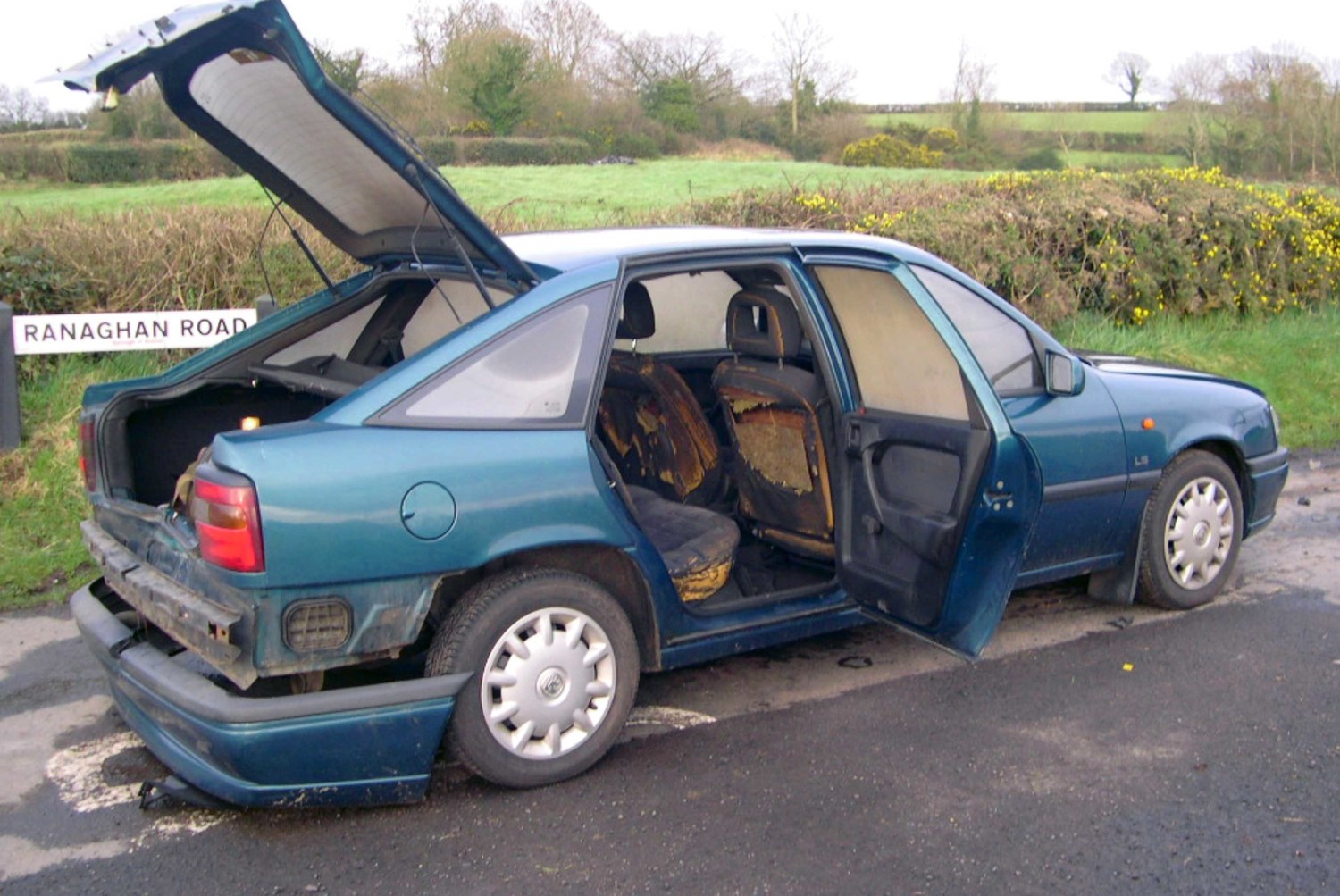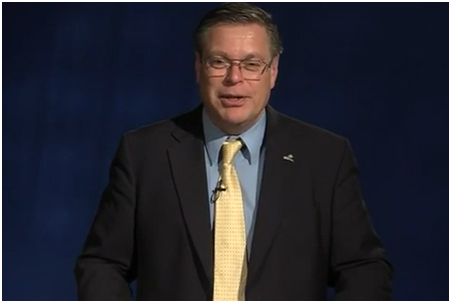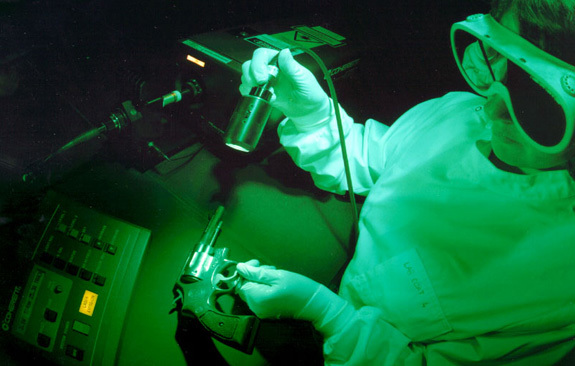Flaws in forensic evidence are again at the centre of a major criminal trial.
But the handling of the Massereene murder hunt and subsequent trials appear to raise serious concerns about the performance of the police, prosecution service and forensic science to deliver justice for both the victims and the accused.
In recent years the Public Prosecution Service and PSNI have both been criticised for their handling of a succession of high profile murder cases.
Last week an appeal by two men accused of murdering PSNI constable Stephen Carroll heard accusations that the PSNI had tried to sabotage the case by allegedly trying to intimidate a witness. read here
Days before that a Criminal Justice Inspectorate (CJI) report into corporate governance within the PPS concluded that the agency needed “significant change” in management structures, staff levels, information flows and performance regime.
In a quarter of the PPS cases which were inspected prosecutors had failed to direct the correct charges, with “significant and avoidable delay at every stage of the process”.
Concerns were also raised over the quality of PSNI case files forwarded to the PPS with CJI inspectors finding evidence of a tendency for prosecutors to adopt police charges, in many cases without any obvious analysis of whether or not they were the most appropriate.
Written records of decisions were often poorly recorded and had no rationale, while records of disclosure to defence counsel was “poor”.
Out of a total of 86 PPS case files inspected only four disclosure record sheets had been properly completed, with most being blank or absent from files.
Read CJI inspection story here .
In May 2012 the PPS was criticised by the CJI for refusing to meet with some victims’ families to explain the decisions made in their cases. read here
Northern Ireland’s forensic science laboratory FSNI has also been the subject of public criticism with the quality of its processes having been called into question during a number of trials.
Contamination of evidence, pressure from the police to provide results, mix-ups, forged signatures and failure to keep evidence secure have all been among the issues discovered in recent years.
Read previous problems at FSNI here and here
But the decision to acquit Brian Shivers’ of the March 2009 murders of sappers Mark Quinsey and Patrick Azimkar will again raise questions as to whether the criminal justice agencies are fit for purpose.
When the 47 year-old was originally convicted of the soldiers’ killings at his first trial in January 2011 it was acknowledged that he had not taken part in the actual gun attack.
Despite this he was convicted primarily on forensic evidence that his DNA had been found on two matches used in an attempt to burn the killers’ getaway car and a mobile phone also found inside the vehicle.
Mr Shivers was acquitted of the murder a year later after the Court of Appeal ruled that his conviction was unsafe, as the original trial judge had made no finding on when Shivers had allegedly become aware of the murder plot.
In March he went on trial for a second time accused of the soldiers’ murder.
The trial heard that Shivers did not contest that his DNA was on the matches and mobile phone but insisted that he must have touched the items in unconnected and innocent circumstances.
However serious doubts over the forensic evidence used to convict Shivers at the first trial quickly emerged.
While the first trial heard that Shivers’ DNA had been found on the match sticks and mobile phone, the second trial saw the prosecution’s forensic experts reveal that there were at least four other DNA profiles on the matches and mobile.
Crucially, they now also agreed that there was no proof that Mr Shivers had been the last person to handle the items.
Further, a scenes of crimes officer admitted that she had lowered the back seat down onto the matches and potentially contaminated them during an examination of the getaway car.
The court was told that the matchsticks had then been placed into the same evidence container, again leading to potential contamination.
But in contrast to previous forensic mistakes, the DNA evidence used in the Massereene case had not been analysed by FSNI but by leading English DNA expert laboratory Cellmark.
DNA expert Professor Dan Krane has provided analysis to some of the world’s most high profile murder cases, including the trial of OJ Simpson, the Washington DC sniper attacks and Unabomber Ted Kaczynski.
His evidence discrediting the controversial Low Copy Number DNA is acknowledged to have played a key role in the acquittal of Omagh Bomb suspect Sean Hoey in 2006 and led to the abandonment of LCN DNA testing.
When he gave evidence at the first Massereene trial Prof Krane questioned the validity of the prosecution’s DNA analysis.
Expressing alarm as to why the presence of four other potential suspects’ DNA was only disclosed to the defence team during the second trial, he said: “That is a serious concern, there is no other way to characterise it. My position in the first trial and the second is that the samples which were being evaluated should have been deemed as being inconclusive."
In 2003 FSNI forensic scientist Ann Irwin claimed in court that police had encouraged scientists to carry out tests on suspects’ clothing, despite knowing that the items could already have been contaminated because of police officers’ own failure to ensure the integrity of evidence.
She said she had refused their requests because she could not have stood over the results.
She further alleged that senior officers had tried to interfere with the work of forensic scientists over a number of years in an effort to cover up police mistakes in a range of criminal cases.
Prof Krane says that the close working relationship which prosecution expert analysts in Northern Ireland have with both the PSNI and PPS, can unwittingly lead to a psychological event known as the ‘context effect’ (which can take place when an analyst’s interpretation is influenced in unscientific ways based on the context in which they are being asked to evaluate the results).
“Analysts are generally good people."
Pointing out that his comments are in regard to the overall criminal justice system and not the Massereene case in particular, he said: "We’re taught in school to respect people in authority, to respect law enforcement, to give them proper credit for putting their lives at risk to keep us safe.
“These are all very reasonable things and now they’re working for those people and those people clearly prefer one outcome to another outcome. And that takes you down a path."
“Context effect gives rise to the biggest problems when there is ambiguity in the data that is being interpreted and/or when there is a motivation or an interest in resolving the ambiguities in one way relative to another.
“One of the simplest cures you could have for context effect problems is to insist that the analyst interprets the evidence samples without any knowledge of the DNA profiles from the suspects that are being evaluated.”
Former PSNI Assistant Chief Constable (ACC) Peter Sheridan, who is now CEO of Cooperation Ireland, believes that the PSNI and PPS are often forced to rely on complex forensic evidence in prosecution cases because of the regular problem of witnesses being too frightened to give evidence.
“The threshold (for prosecution) is very high in cases now and it is right and proper that it should be,” he said.
“In some ways it’s the reason why emergency (terrorism) legislation was introduced; to try to deal with terrorist cases within the ordinary criminal law.
“It is set up for routine type cases, whereas in terrorism cases it is very hard to get witnesses, therefore you rely on the forensics.
“Of course they are very forensically aware. You see terrorists burning cars, wiping down scenes with bleach and so on.
“You are into very minute detail in terms of forensics trying to recover that.”
Questioning whether the justice system in Northern Ireland has sufficient powers to effectively deal with terrorist type cases, Mr Sheridan said:
“The ordinary criminal law envisages witnesses coming forward as well as the forensic (evidence).
“In routine murders witnesses are generally more likely to come forward than they are in terrorism cases.
“The smallest human error can end up in a case being lost.
“I recall Lord Denning saying one time that you no longer have courts of justice, but courts of law.
“In other words, it’s not a case of whether someone did it but whether it can be proved to that high standard and whether any technicalities have been missed; cases rise or fall on those small things.
“At the end of the day a murder investigation is human endeavor, the same as any other; it’s not a technical process.
“The system is done by human beings and therefore the slightest thing missed leaves open a loophole for the defence case.
“Ultimately the decision is for the judge and jury.”



